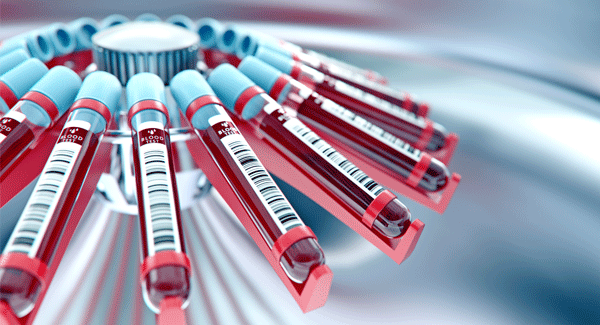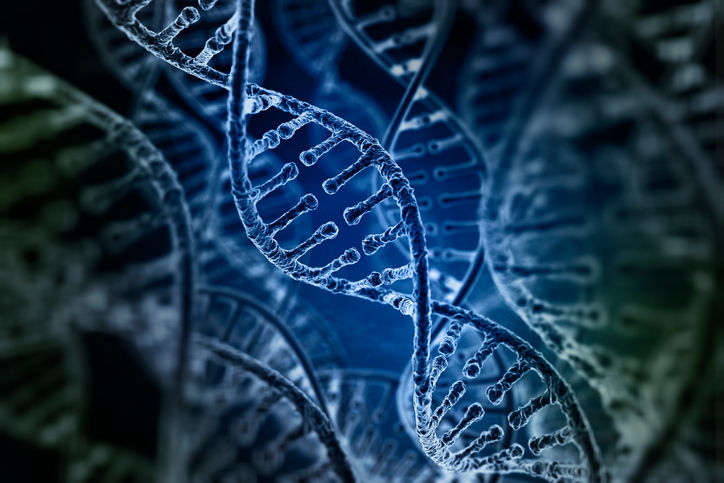By Linda Rath | June 27, 2022
Some researchers believe that rheumatoid arthritis (RA) is not a single disease, but rather a group of diseases. It could also be a disease with many different causes. Regardless of how RA is ultimately defined, there are two main subtypes in adults: seropositive and seronegative. In seropositive RA, blood tests show unusually high levels of antibodies called anticyclic citrullinated peptides (anti-CCP). These are specific markers of RA and can appear up to a decade before symptoms appear. About 60% to 80% of people diagnosed with RA have anti-CCP. By definition, people with seronegative RA do not have these antibodies in their blood, although this is controversial.
Doctors once used an antibody called rheumatoid factor (RF) to test for seropositivity. Most people with anti-CCP also have RF, but so do people with many other conditions, including infections. This is why anti-CCP is now the test of choice, although an RF test is often used alongside it for greater accuracy.
The role of blood tests in the diagnosis of RA
No blood test can reliably diagnose RA. Some healthy people test positive for anti-CCP, while others with RA test negative. Blood tests are just one of several factors, including medical history, physical examination, and x-rays, that help doctors diagnose the disease. Still, antibodies are a pretty good indicator of RA if you also have joint pain and swelling and bone and cartilage damage on imaging tests.
Seronegative RA is more difficult and takes longer to diagnose because doctors try to rule out other types of arthritis that are not associated with elevated anti-CCP levels, such as psoriatic arthritis, gout, and spondyloarthritis.
Still, according to some experts, seronegative RA remains an imprecise diagnosis. It is rare for someone who is seronegative to become seropositive, but it is not uncommon for a seronegative RA diagnosis to be changed to another later. In a study of nearly 10,000 people diagnosed with seronegative RA, more than 500 were later found to have spondyloarthritis, 275 had psoriatic arthritis, and 245 had axial spondyloarthritis. Since these forms of arthritis primarily affect the lower back and spine and RA affects the hands and feet, it appears that the original diagnosis was based solely on the absence of anti-CCP.
Another problem: Some studies have found that about a third of people diagnosed with seronegative RA actually have high levels of the same autoantibodies found in seropositive RA patients.
HIV-positive vs. HIV-negative: which is worse?
In the debate over whether HIV-positive or HIV-negative patients have more severe disease, study results are contradictory. A Dutch study found that people with seronegative disease had significantly more inflammation and disease activity than those with seropositive RA. And an international group of researchers reported a rare but particularly severe and destructive subtype of seronegative disease. However, another study reported similar disease activity and progression in both types of RA after two years.
An increasing amount of research is devoted to HIV-positive and HIV-negative RA, but more is needed. For now, if you are diagnosed with seronegative RA, ask why your doctor reached that diagnosis and consider seeking a second opinion. If you have severe symptoms, talk to your doctor about using the same treatment approach depending on the goal and medications prescribed for HIV-positive RA.



